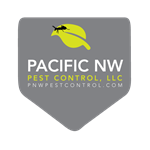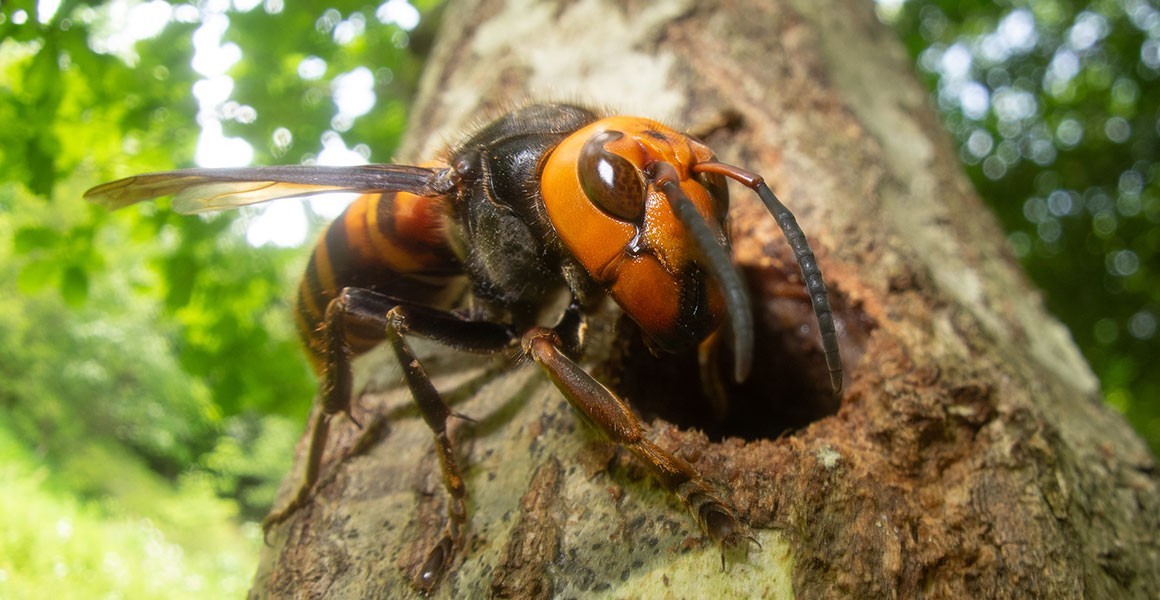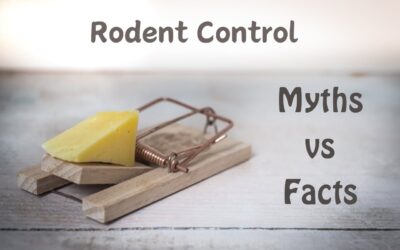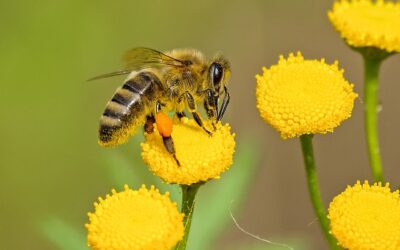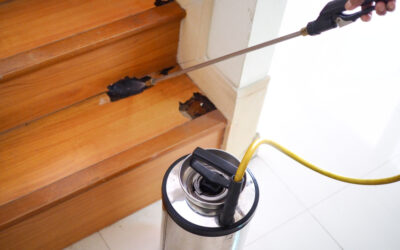Washington state is known for its lush forests, bountiful fruit orchards, and thriving agriculture industry. However, in recent years, the state has been facing a growing threat from invasive pests that are causing damage to crops, trees, and ecosystems. These pests, which have been accidentally or intentionally introduced to the state, are not native to the area and do not have natural predators to keep their populations in check. Here, we will take a closer look at the five most invasive pests that are currently threatening Washington state and the efforts being made to combat them.
Spotted Lanternfly: A Grapevine and Fruit Tree Killer
The Spotted Lanternfly is a brightly colored invasive species that is native to China. It was first detected in Pennsylvania in 2014 and has since spread to several other states including Washington. The adult lanternflies feed on the sap of plants and excrete a sticky substance known as honeydew, which can attract other pests and promote the growth of sooty mold. The nymphs and adult lanternflies also feed on the leaves, bark, and fruit of grapevines, fruit trees, and other plants. This feeding can cause wilting, defoliation, and death of the plant.
The Washington State Department of Agriculture (WSDA) has implemented a quarantine in an effort to slow the spread of the Spotted Lanternfly. The quarantine includes Yakima, Benton, and Klickitat counties, and requires that certain items such as outdoor household items, nursery stock, and vehicles not be moved out of the quarantine area without being inspected and certified as free of Spotted Lanternflies.
Asian Giant Hornet: The ‘Murder Hornet’
The Asian Giant Hornet, also known as the ‘murder hornet,’ is a large invasive species that is native to Asia. It was first detected in North America in 2019 and has since been found in several states including Washington. Asian Giant Hornets are known for their aggressive behavior and venomous sting, which can be fatal to humans in rare cases. They also pose a major threat to honeybee populations, as they can decimate entire colonies in a matter of hours.
The WSDA has set up traps and placed tracking devices on Asian Giant Hornets in an effort to locate and eradicate their nests. The department has also enlisted the help of the public in reporting sightings of the hornets. In addition, the department has also issued a “kill order” for the hornets, encouraging people to destroy any nests they find.
Japanese Beetle: A Garden and Fruit Tree Pest
The Japanese Beetle is a small invasive species that is native to Japan. It was first detected in the United States in 1916 and has since spread to several states including Washington. Japanese beetles feed on the leaves, flowers, and fruit of a wide variety of plants, causing defoliation and weakening or killing the plants. They are particularly damaging to fruit trees, roses, and other ornamental plants.
The WSDA has implemented a trapping program to monitor and control the population of Japanese Beetles. The traps use a combination of pheromones and floral lures to attract the beetles, and once trapped, the beetles are killed. The department also encourages the use of insecticides and the release of beneficial insects, such as parasitic wasps, to control the beetle population.
European Gypsy Moth: A Forest Pest
The European Gypsy Moth is a small invasive species that is native to Europe. It was first detected in the United States in 1869 and has since spread to several states including Washington. The Gypsy Moth is a major pest of forest ecosystems, as it feeds on the leaves of a wide variety of trees. This feeding can cause defoliation, weakening, and death of the trees. In addition, the Gypsy Moth is also a major nuisance to homeowners as the larvae can leave droppings on decks, cars, and outdoor furniture.
The WSDA has implemented a number of control measures to combat the Gypsy Moth, including the use of pheromone traps to monitor the population, the release of parasitic wasps to control the larvae, and the use of Bacillus thuringiensis (Bt) to control the caterpillars. The department also encourages homeowners to take measures to protect their own property, such as using sticky bands around the trunk of trees to trap the larvae before they can climb up to the leaves.
Western Spruce Budworm: A Coniferous Tree Pest
The Western Spruce Budworm is a small invasive species that is native to western North America. It is a major pest of coniferous trees in the Pacific Northwest, causing defoliation and weakening or killing the trees. The Western Spruce Budworm feeds on the new growth of the tree, preventing it from reaching maturity and reproducing. This can lead to a decline in the health of the forest and a loss of biodiversity.
The WSDA has implemented a number of control measures to combat the Western Spruce Budworm, including the use of pheromone traps to monitor the population, the use of insecticides to control the larvae, and the use of biological control agents such as parasitic wasps and nematodes. The department also encourages landowners to monitor their own property for signs of the budworm and to take action to protect their trees.
Invasive pests are a growing threat to Washington state, causing damage to crops, trees, and ecosystems. The five pests highlighted in this article are among the most significant threats currently facing the state, but there are many other invasive pests that are also causing problems. The Washington State Department of Agriculture is working hard to combat these pests and protect the state’s agriculture industry, but it is important for everyone to be aware of the threat and take action to protect their own property. By working together, we can help to reduce the damage caused by these invasive pests and protect the state’s natural resources for generations to come.
